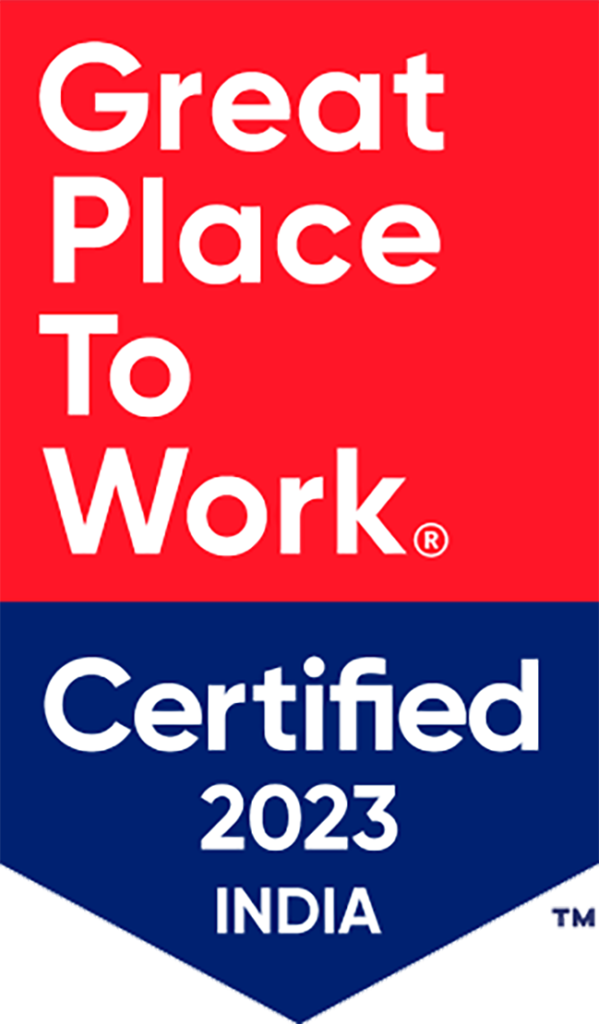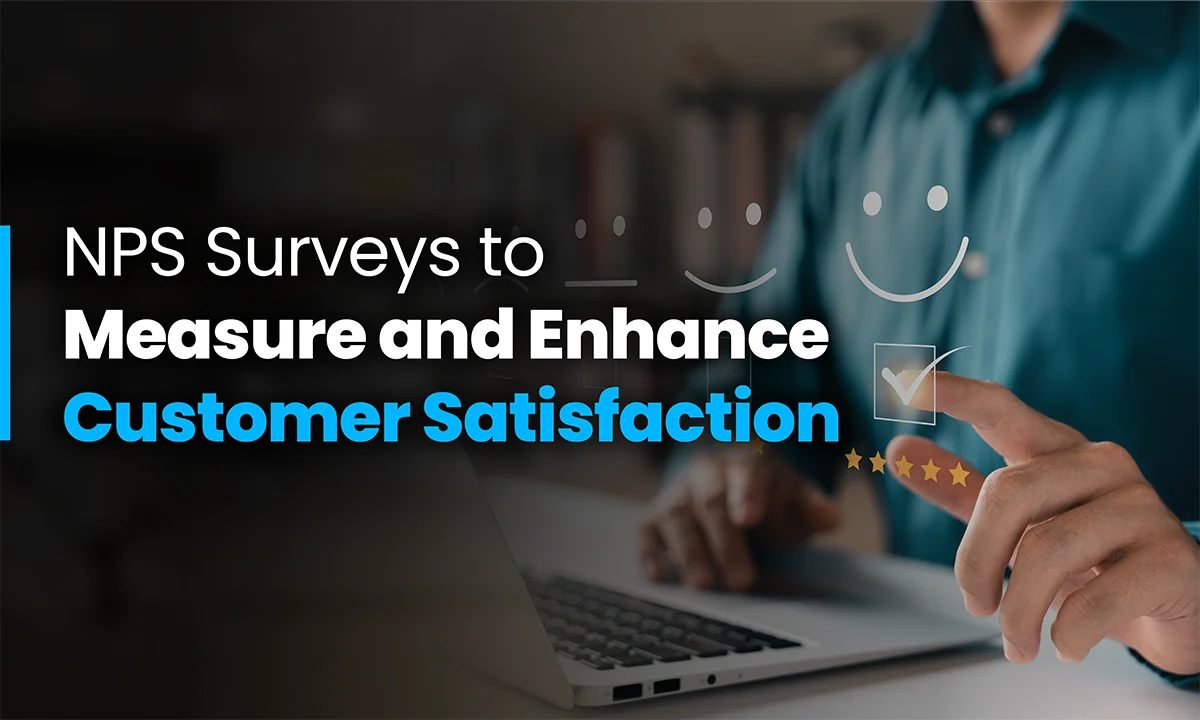Employee productivity or tracking their performance was formerly a problem for many managed service providers (MSPs). Along with this, most MSP employees were either unsatisfied or lacked motivation, or both. This changed after MSP leaders started using scorecards.
The implementation of employee scorecards can contribute to a decrease in employee turnover rates and an improvement in the overall performance of your MSP. Employee productivity can also increase as scorecards enable them to concentrate on their responsibilities.
Moreover, this promotes personal growth as well. In this blog, we will take you through an in-depth review of employee scorecards, their benefits, and how to create it along with scorecard metrics that need to be considered while creating one.
What is an Employee Scorecard?
An employee scorecard is a management tool used to monitor your MSP employee’s performance. It’s the perfect organizational tool because it allows you to plan, prioritize and implement required projects. It describes each employee’s function and input to leaders at your MSP.
Additionally, by providing clarity and validation, an employee scorecard promotes self-improvement and enhances employee well-being.
How to create an Employee Scorecard?
Since each employee with their respective position in your MSP has different goals, core values and expectations, it can be difficult to know how to make a unique scorecard for your MSP. As an MSP leader you need to ensure that your employee scorecards measure aspects and traits that deem important for you. To create one for your employees as an MSP you should follow these steps:
Establish Goals: Determine the primary goals and objectives of your MSP leaders. These might include increasing technical abilities, improving client happiness and providing services efficiently.
Establish Metrics: Select pertinent measurements that support your goals. For instance, the fulfillment of technical certifications, first-call resolution rates, ticket resolution times and customer satisfaction ratings.
Set Goals: Determine attainable goals for every indicator by taking past performance, industry norms and organizational objectives into consideration.
Assign Metrics: Allocate weight to every measure according to its significance for the MSP’s ultimate triumph. The relative importance of measurements might vary depending on how they affect company results.
Collect Information: Gather information regularly from various sources, including employee performance appraisals, consumer surveys and ticketing systems.
Evaluate Performance: Find areas for excellence or improvement by comparing actual performance to objectives.
Give Feedback: Regularly provide feedback to your team members on their performance and areas for improvement by sharing scorecard findings with them.
Promote Continuous Improvement: To ensure the success of your MSP, use results of your employee’s performance to pinpoint areas in need of training, honor high performers and make process changes.
Review and Adjust: Make sure the employee scorecard is still current and in line with evolving corporate goals and market trends by reviewing it regularly.
Promote Accountability: Motivate team members to accept responsibility for their work and work together to accomplish the group objectives listed on the scorecard.
These scorecard metrics will help you design a report card for your employees that work for your MSP and encourage responsibility, performance and ongoing development throughout your organization.
Things to consider while creating Employee Scorecards
When creating an employee scorecard for your MSP, consider these following key metrics:
- Client Satisfaction
- Service Level Agreement (SLA) Performance
- Ticket Resolution Time
- First-Call Resolution Rate
- Technical Skills Proficiency
- Utilization Rate
- Customer Retention Rate
- Employee Engagement and Satisfaction
- Training and Development Participation
- Team Collaboration and Communication
Within an MSP, these vital metrics offer a thorough picture of an employee’s performance, customer satisfaction and overall efficiency. MSPs may pinpoint areas for development, honor top performers and promote overall business success by monitoring and evaluating these KPIs.
What are the benefits of using Employee Scorecards?
Creating an employee scorecard for your MSP offers multiple advantages. Firstly, it provides clarity by outlining roles and expectations, ensuring everyone is aligned with organizational goals. Additionally, it enables ongoing performance monitoring, allowing timely feedback and intervention when needed, fostering a culture of accountability. The scorecard identifies strengths and weaknesses, guiding targeted development efforts to enhance employee skills.
Moreover, it facilitates resource optimization by recognizing high performers who can mentor others, contributing to team success. Setting goals empowers employees to take charge of their growth. Furthermore, it boosts engagement by providing clear expectations and opportunities for recognition based on performance. The scorecard also serves as a valuable data source for decision-making on training, promotions and succession planning.
Ultimately, by optimizing employee performance and ensuring client engagement, the scorecard plays a pivotal role in driving the growth and success of your MSP.
How Team GPS Helps You Build and Manage Scorecards in a Single View?
Every MSP must implement an action plan for employee goal monitoring to ensure long-term success. Employee alignment with company objectives and progress toward shared goals can be ensured by your MSP through goal setting, action plan development and ongoing progress monitoring. This promotes performance and productivity throughout the organization in addition to responsibility and openness.
To streamline this process and maximize effectiveness, leveraging tools like Team GPS can prove to be highly beneficial. The process of creating, organizing and tracking performance is made easier with the all-inclusive framework of Team GPS for managing scorecards in a single pane of glass. With Team GPS, your MSP can give your leaders the resources they need to successfully monitor employee development, give prompt feedback and assistance and ultimately spur success.
Your MSP will remain ahead of the curve, enable their employee to realize their full potential, and succeed more in a market that is always evolving by utilizing leveraging tools like Team GPS.
Talk to us today and explore how Team GPS can help your MSP build and manage scorecards with ease, driving performance and success across your organization.













